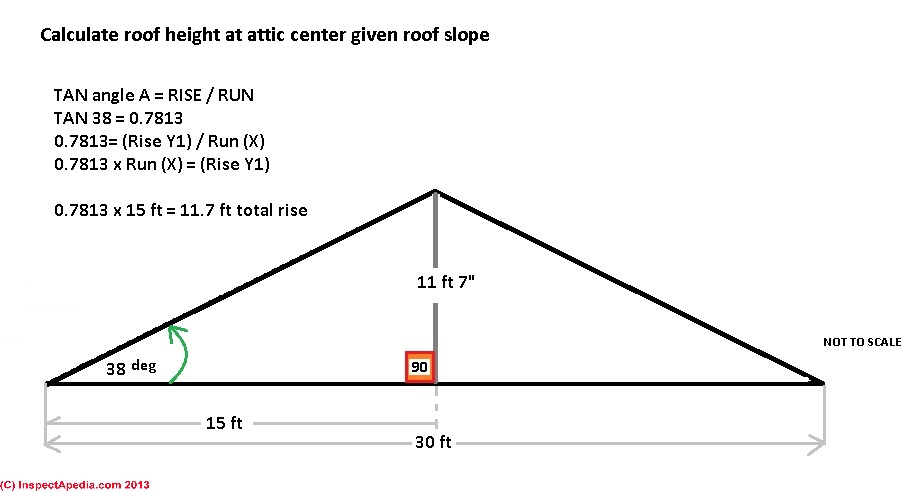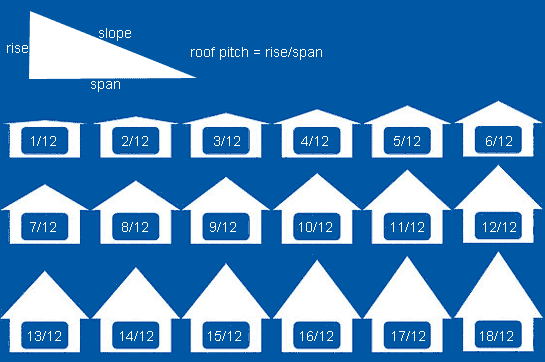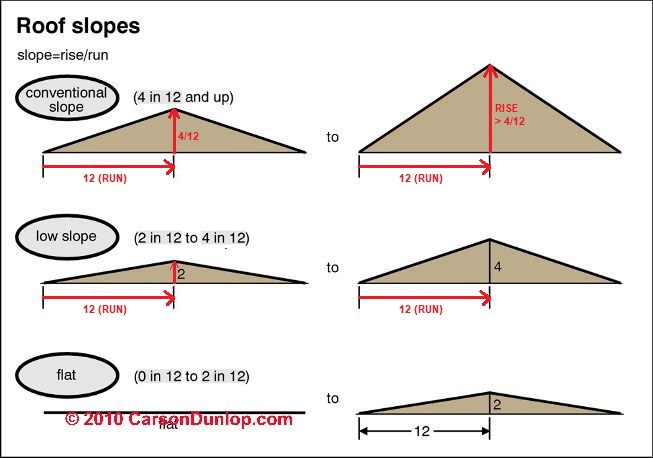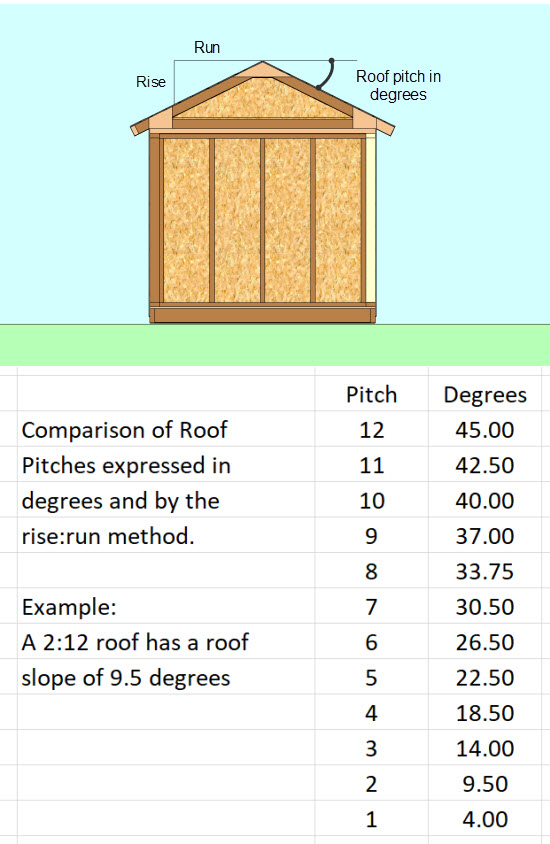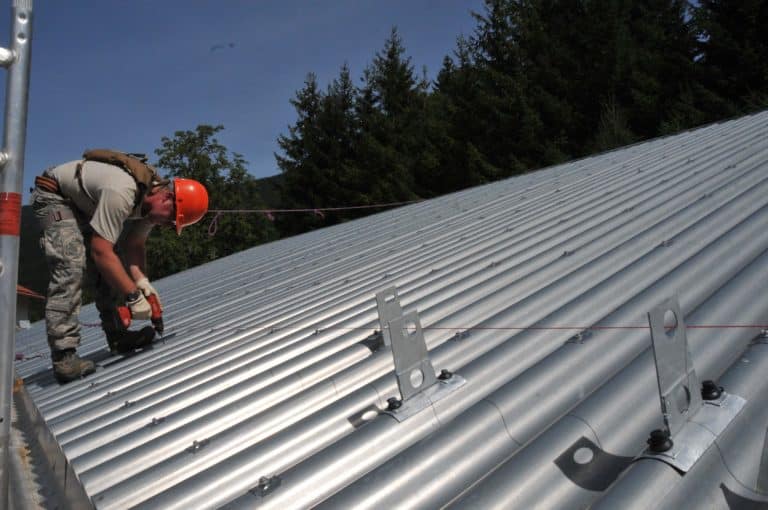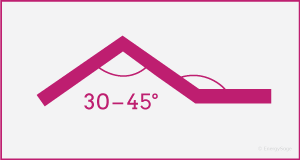A common range is given from 1 12 to 4 12 whereas conventional dimensions vary from 4 12 to 9 12 but the steep roofing technique follows slope above 9 12 with additional fasteners.
Standard roof pitch minnesota.
Roof pitch degree table.
Slopes of 4 12 and above can use standard asphalt roofing.
Roof slopes between 2 12 and 4 12 can use shingles but require roof application techniques to take into account a greater potential for ice dam water backup.
The table below shows common roof pitches and the equivalent grade degrees and radians for each.
Pitches of less than 2 12 are considered flat roofs even though they may be very slightly angled.
A pitch over 9 12 is considered a steep slope roof between 2 12 and 4 12 is considered a low slope roof and less than 2 12 is considered a flat roof.
Therefore if your roof rises 4 inches over the course of 12 inches of horizontal run then your roof pitch is 4 12.
Any pitch higher than 9 12 is considered a steep pitch.
The typical roof slope follows specific materials and design techniques to ensure perfect safety from leakage.
Pitches lower than 4 12 have a slight angle and they are defined as low slope roofs.
A flat roof would have a 2 12 pitch while the average roof pitch would be between 4 12 and 9 12.
Roof slopes between 2 12 and 4 12 require a double underlayment application in accordance with section r905 2 7.
The minimum slope for lapped non soldered seam metal roofs without applied lap sealant shall be three units vertical in 12 units horizontal 25 percent slope.
The minimum slope for lapped non soldered seam metal roofs with applied lap sealant shall be one half unit vertical in 12 units horizontal 4 percent slope.
The pitch of the roof is determined by the vertical rise in inches for every horizontal twelve inch length.
The minnesota department of commerce in cooperation with the department of labor and industry has identified value in developing standard tables that outline limitations for the placement of residential rooftop solar electric and solar thermal systems on existing single and multi family dwelling structures.
